A whistle-stop tour of north Wales
Matthew Partridge takes in the country’s charming towns, breathtaking scenery and fascinating ruins.

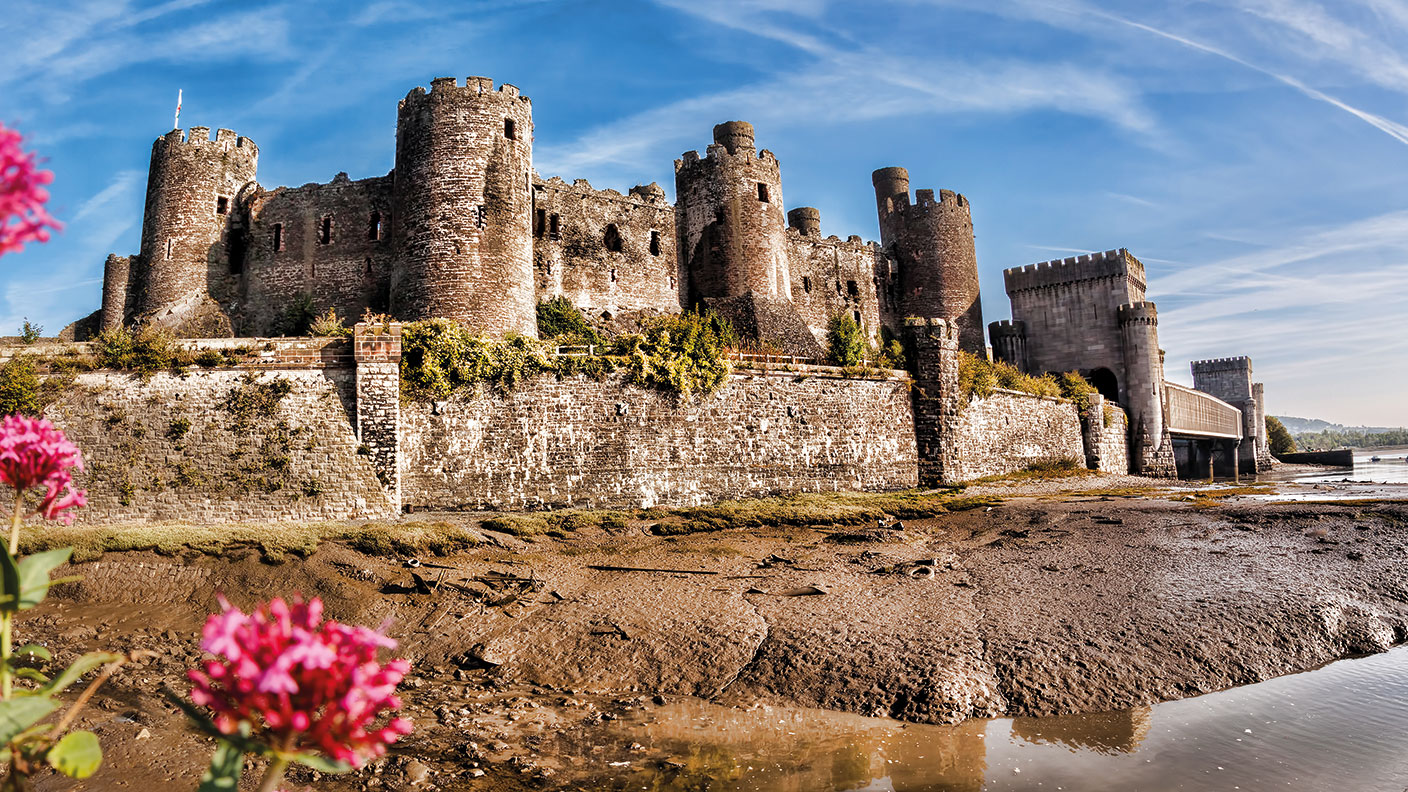
The ever-changing rules around international travel and loosened restrictions at home make a staycation (or “UKation”) in Britain an even more attractive option than it usually is. Those missing European hills and forests may want to consider northern Wales as an alternative. Perhaps the most attractive town and the best base for exploring the area is the market town of Conwy.
In the medieval period Conwy was considered an important fortress by the English due to its coastal location, which allowed it to be resupplied from the sea in the event of attack by Welsh rebels. Conwy Castle, which was built for Edward I, is still standing. Visitors can also access large sections of the city wall, which provide breathtaking views of both the town and the surrounding area. You can access the walls free of charge via the railway station.
Plas Mawr, an Elizabethan house built by the wealthy nobleman Robert Gwyn, is another must-see attraction, as is nearby Aberconwy House, originally built in the 15th century and now a museum run by the National Trust. The Great Orme mountain is only a few miles away beside the seaside resort of Llandudno – paying the toll gives you access to a nature reserve on the top, and some spectacular coastal views.
MoneyWeek
Subscribe to MoneyWeek today and get your first six magazine issues absolutely FREE

Sign up to Money Morning
Don't miss the latest investment and personal finances news, market analysis, plus money-saving tips with our free twice-daily newsletter
Don't miss the latest investment and personal finances news, market analysis, plus money-saving tips with our free twice-daily newsletter
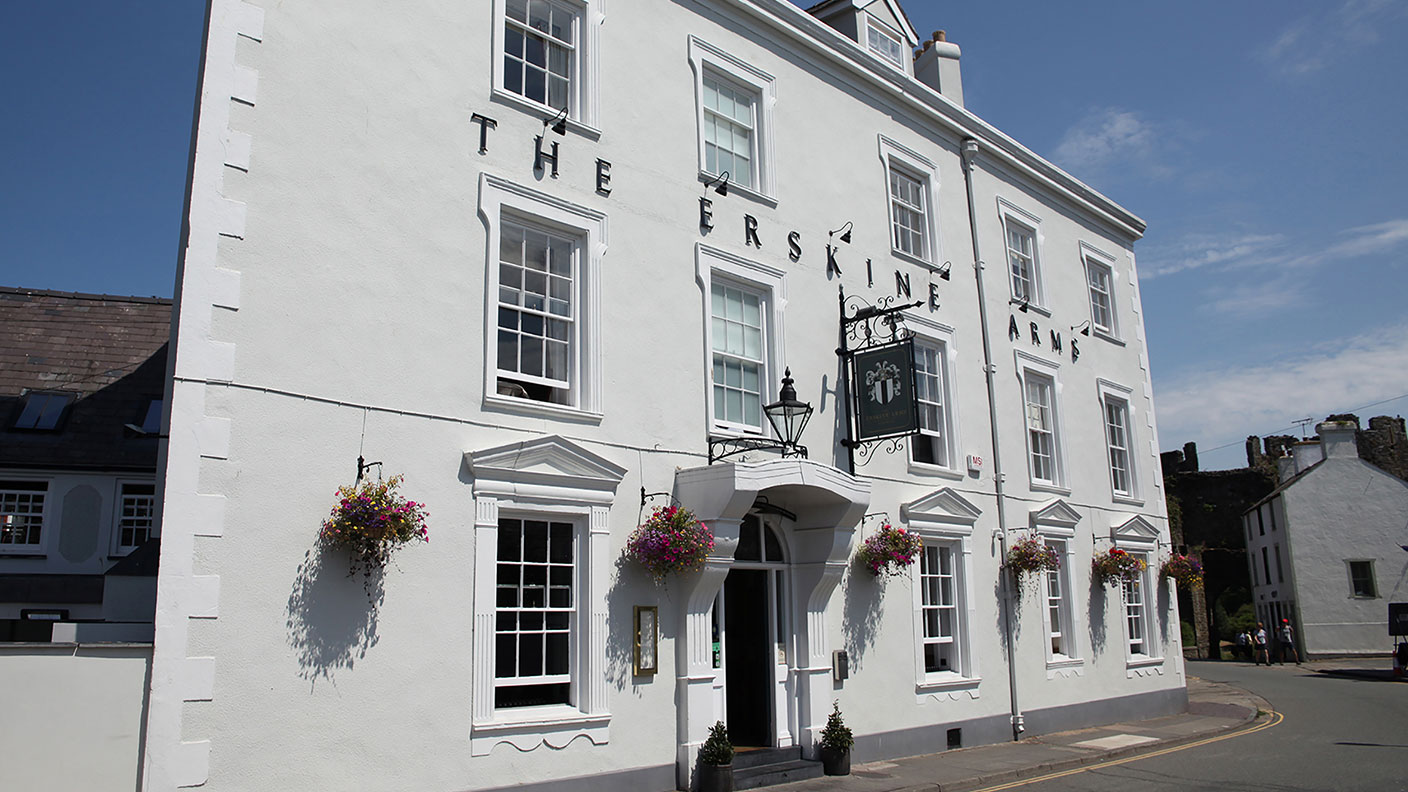
The Great Orme mountain area also includes the Great Orme Mines. A self-guided tour takes you through some of the maze of underground Bronze Age mines, which yielded copper and malachite that was exported as far away as Sweden.
Around 15 miles away from Conwy to the south is Penrhyn Castle. Originally constructed in 1438, it was transformed by the architect Thomas Hopper in the 19th century and is currently administered by the National Trust. The house is currently closed, but the gardens are still open to the public. The National Trust also runs Bodnant Garden, also near Conwy, containing 80 acres of gardens.
Perhaps the best place to eat in Conwy is the Erskine Arms (erskinearms.co.uk), which offers a wide range of tasty homemade food. The king prawn, crab and mussel linguine is particularly recommended. The Erskine Arms also offers accommodation, both in the main hotel (from £80) and its sister guest house, the nearby Y Capel (The Chapel), which offers a choice of 11 boutique rooms (from £100).
Exploring the wider area
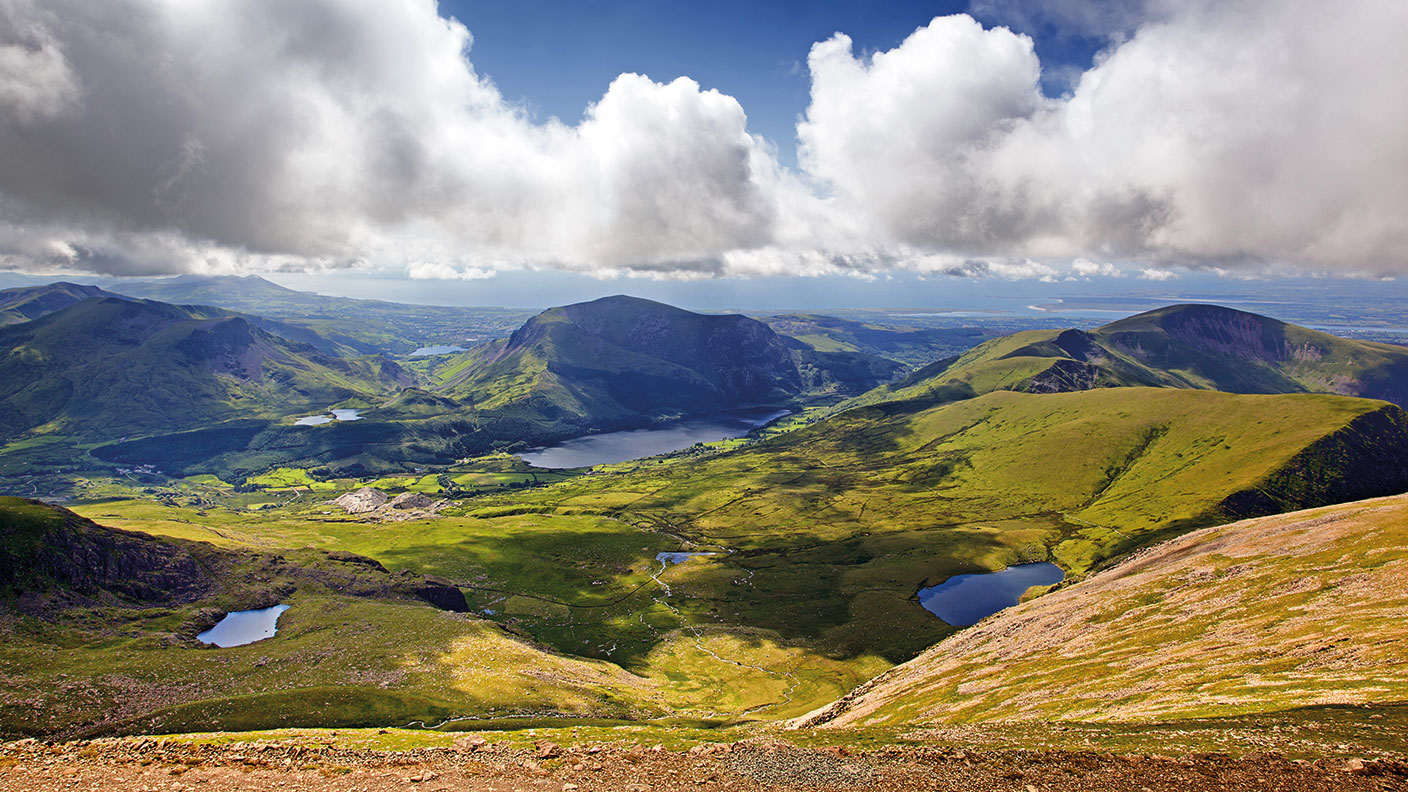
Snowdon is Wales’ most famous natural landmark and forms the centrepiece of the 823-square-mile Snowdonia National Park. The summit, which is the highest point in the British Isles outside Scotland, can be reached by foot via a hike that takes around six hours for a round trip, or via the Snowdon Mountain Railway (snowdonrailway.co.uk) in a two-and-a-half-hour rail journey. In both cases, the starting point is the lakeside town of Llanberis. Due to Covid-19 restrictions the visitor centre at the top is closed, so the rail journey currently stops short of the summit until May 2021, and you are advised to book well in advance. Llanberis also hosts the National Slate Museum and the ruin of Dolbadarn Castle (originally built in the 13th century) is nearby.
If you like the great outdoors, but a trip up Snowdon is a little too much, then you might want to consider the tourist-friendly, but still visually striking, village of Betws-y-Coed. From there, there are a number of hiking trails to suit every level of experience, along with horse riding, zip-lines and even kayaking in abandoned mines. There are plenty of options for eating out, but the Grill Room at the Royal Oak Hotel (royaloakhotel.net) provides the best sit-down meals for individuals and families at reasonable prices. Even if you are just driving through, it is a good idea to make a quick stop at Swallow Falls (Rhaeadr Ewynnol), located two miles out of town, to have a look at the waterfall. It can be seen from a viewing platform for a small charge.
The charming town of Llangollen, 20 miles from the English border, is also worth visiting. The highlight is the Llangollen Canal, where you can catch a horse-drawn boat along the canal. The longer ride takes you to Horseshoe Falls, which was designed by Thomas Telford in 1808 (you can also walk along the canal for free). The Abbey Farm Caravan Park (theabbeyfarm.co.uk) offers everything from simple caravan pitches to upmarket “glamping”, and sits next to the remains of Valle Crucis Abbey, which ran for more than 300 years until its dissolution in 1537. The medieval ruins of Castell Dinas Brân is a two-mile hike away. The town is particularly busy in July, when it hosts the Llangollen International Musical Eisteddfod.
Get the latest financial news, insights and expert analysis from our award-winning MoneyWeek team, to help you understand what really matters when it comes to your finances.

-
 The most influential people of 2025
The most influential people of 2025Here are the most influential people of 2025, from New York's mayor-elect Zohran Mamdani to Japan’s Iron Lady Sanae Takaichi
-
 Millions of parents are missing out on up to £720 a year in extra pension cash – are you affected?
Millions of parents are missing out on up to £720 a year in extra pension cash – are you affected?A mum who narrowly missed out on the pension boost said she “never knew the government rule existed” and wants other parents to use it
-
 8 of the best properties for sale with indoor gyms
8 of the best properties for sale with indoor gymsThe best properties for sale with indoor gyms – from a four-storey mews house in London’s Knightsbridge, to a 1920s Arts & Crafts house in Melbury Abbas, Dorset
-
 8 of the best houses for sale with beautiful fireplaces
8 of the best houses for sale with beautiful fireplacesThe best houses for sale with beautiful fireplaces – from a 15th-century cottage in Kent to a 17th-century palazzo in Oxfordshire
-
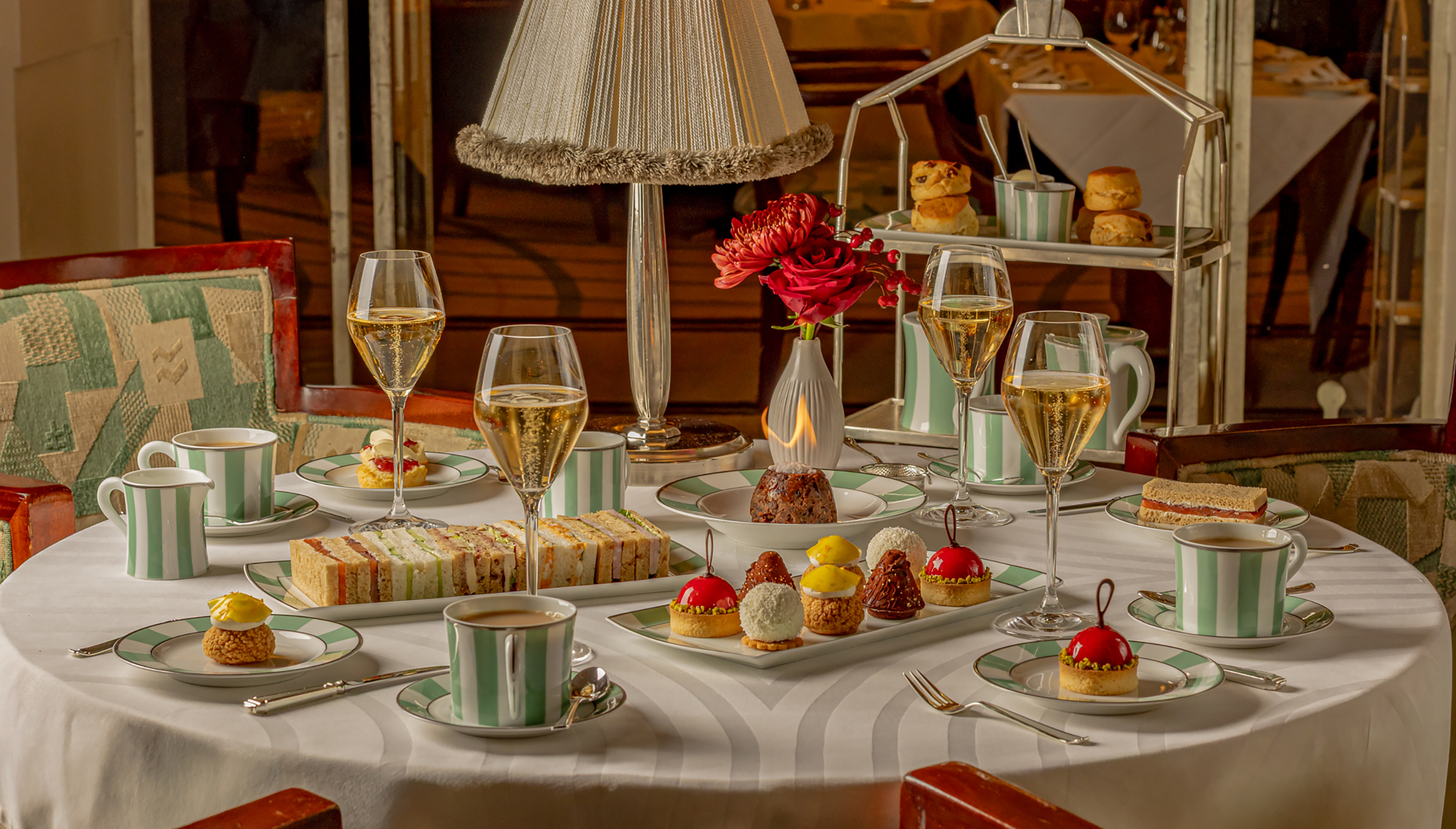 The top last-minute Christmas gifts
The top last-minute Christmas giftsIt’s not too late to give the perfect present this festive season – we round up a selection of last-minute Christmas gifts worth giving
-
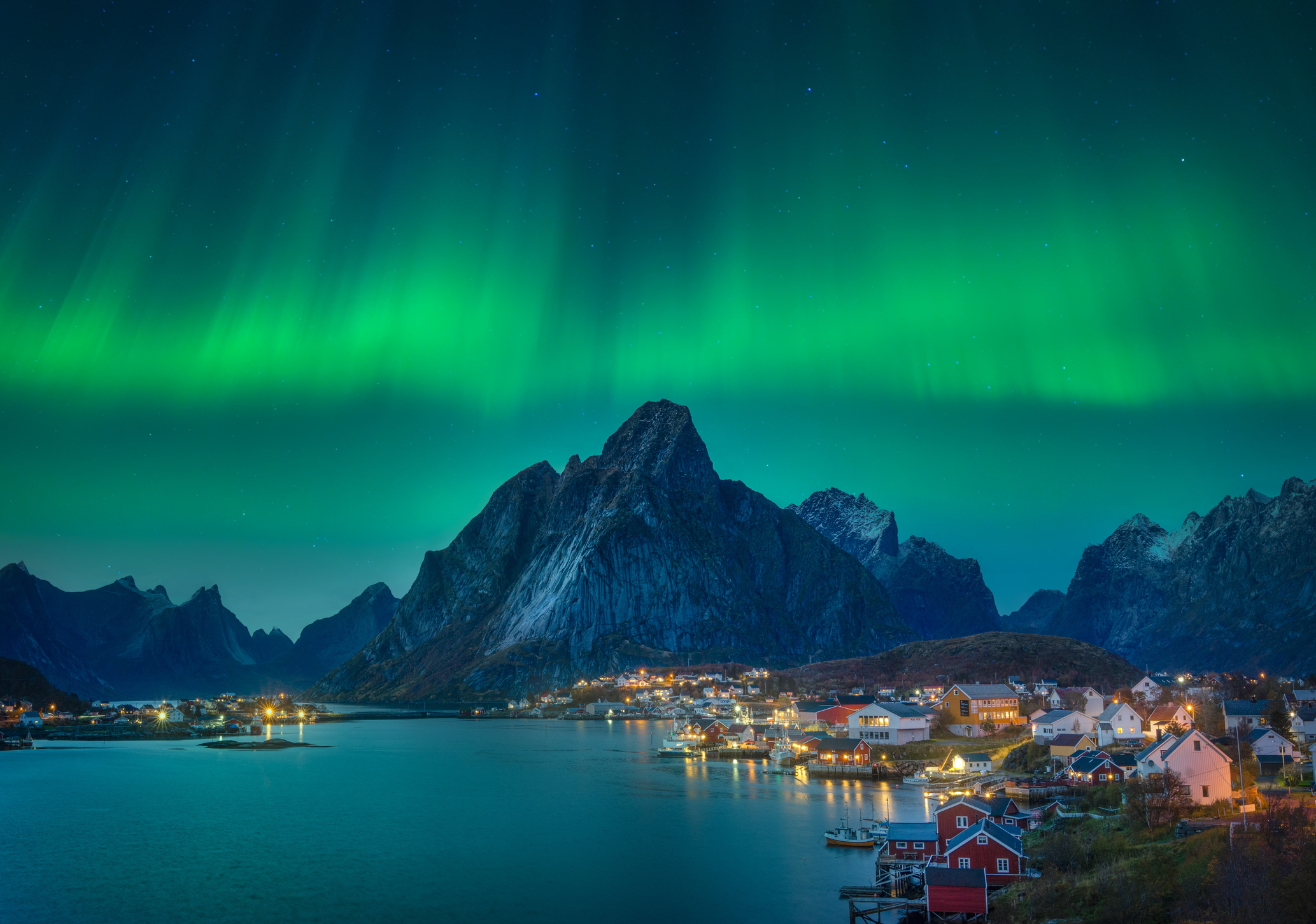 Lights, camera, action: Where to see the Northern Lights
Lights, camera, action: Where to see the Northern LightsThe Northern Lights are the most spectacular they’ve been in years. Here’s where to see them
-
 8 of the best ski chalets for sale now
8 of the best ski chalets for sale nowThe best ski chalets on the market – from a traditional Alpine-style chalet in Switzerland to an award-winning Modernist building in Japan’s exclusive ski areas
-
 The best Christmas gifts for your loved ones
The best Christmas gifts for your loved onesWe round up the best Christmas gifts with a touch of luxury to delight, surprise and amaze family and friends this festive season
-
 The best UK Christmas markets for a wassail of a time
The best UK Christmas markets for a wassail of a timeWe round up the best UK Christmas markets to visit, from London's Hyde Park Winter Wonderland to Edinburgh's Princes Street Gardens
-
 Reinventing the high street – how to invest in the retailers driving the change
Reinventing the high street – how to invest in the retailers driving the changeThe high street brands that can make shopping and leisure an enjoyable experience will thrive, says Maryam Cockar